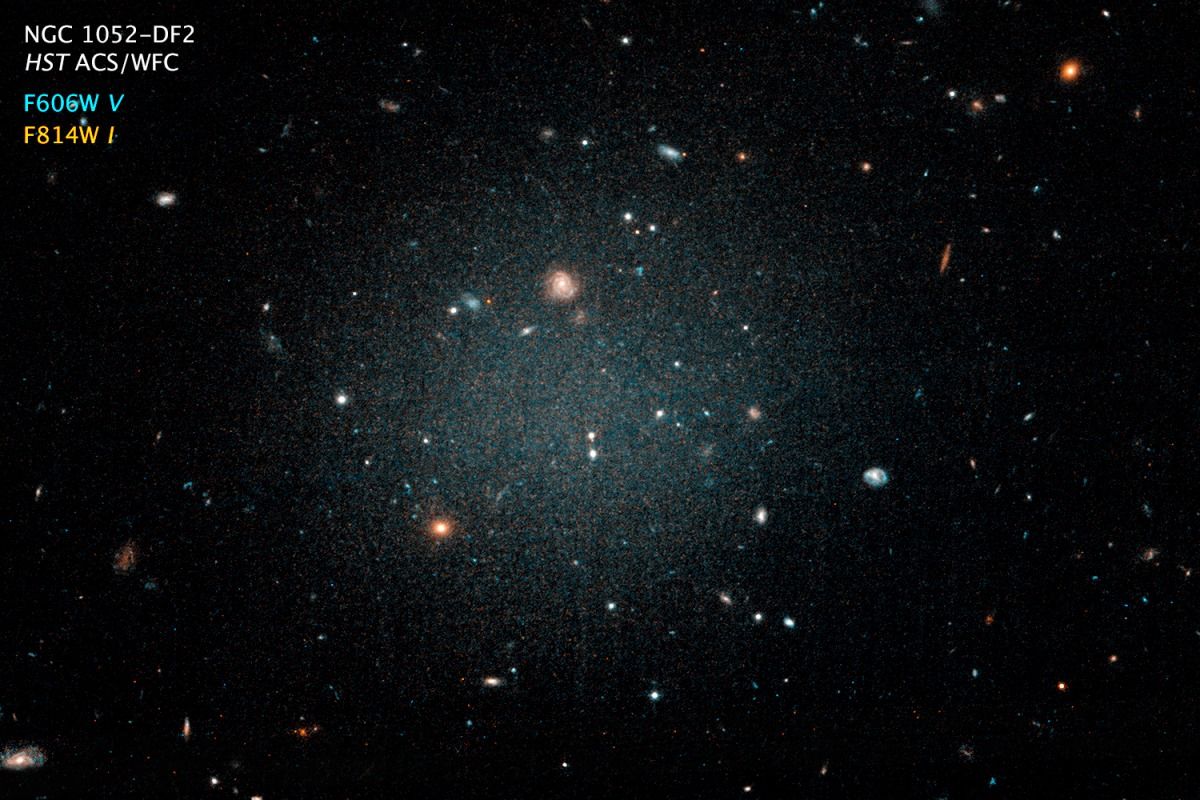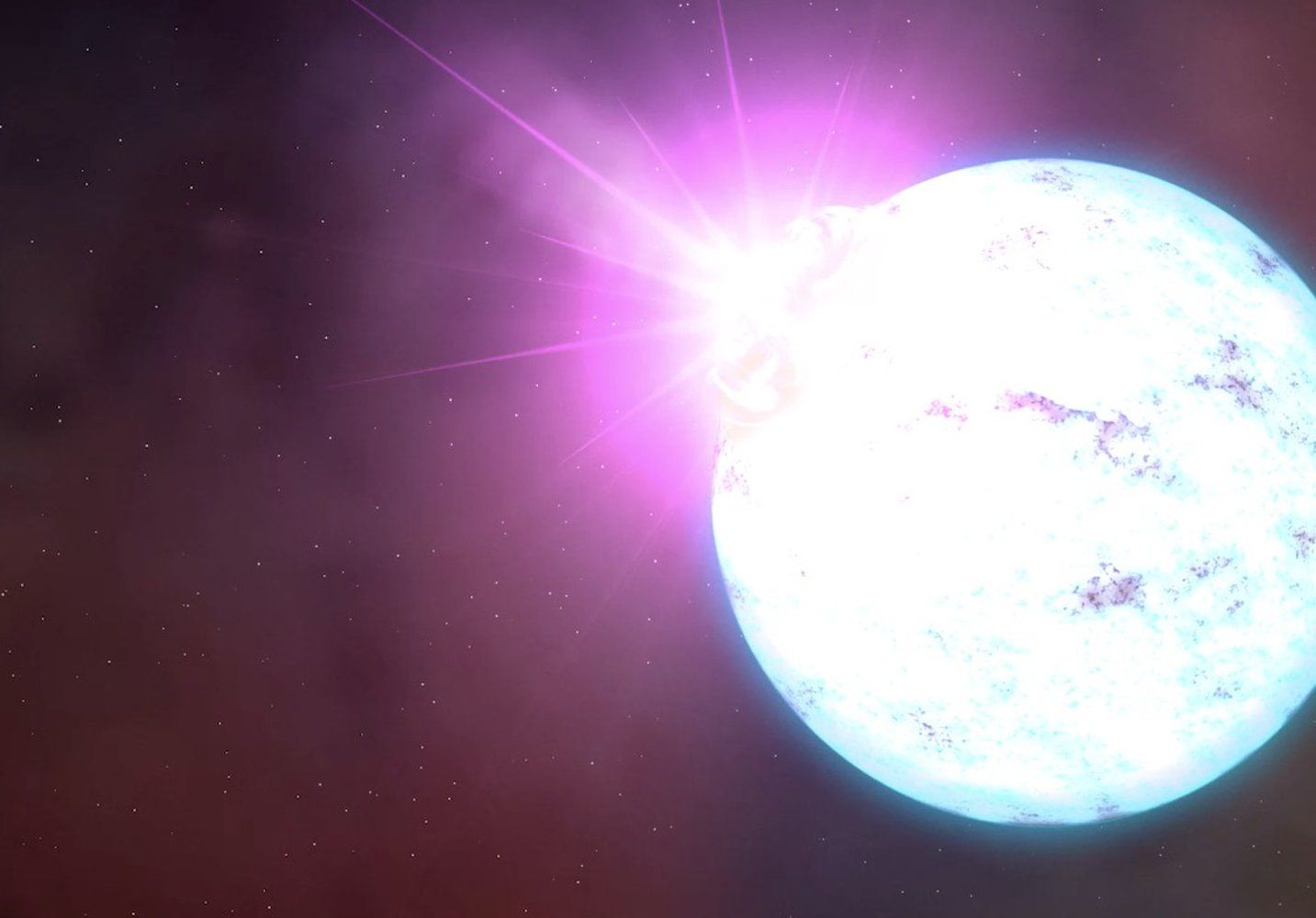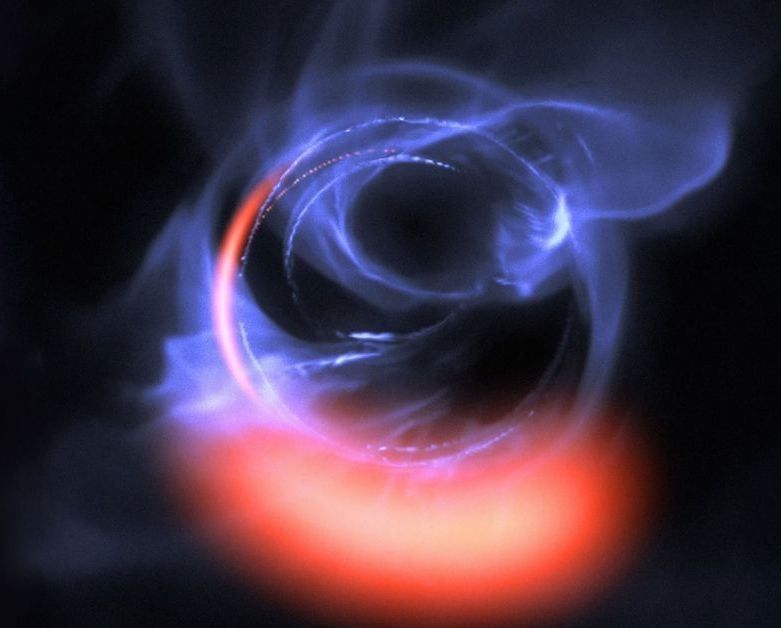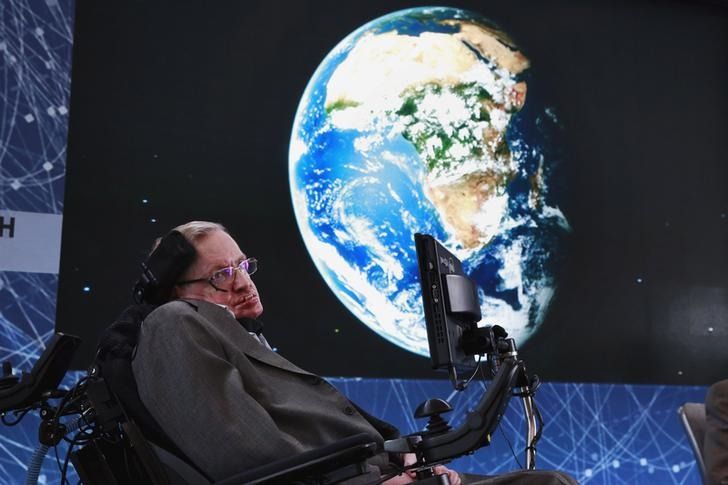Archive for the ‘cosmology’ category: Page 348
Nov 1, 2018
Scientists Found a Galaxy With Almost No Dark Matter. Here’s What That Means
Posted by Michael Lance in category: cosmology
It is literally a see-through galaxy.”
For one thing, it completely changes how we think galaxies owrk.
Nov 1, 2018
This Simulation Based On Observations Of The Supermassive Black Hole At The Center Of Our Galaxy Is Mind-Boggling
Posted by Genevieve Klien in categories: cosmology, materials
Based on observations by the European Souther Observatory’s GRAVITY instrument, this simulation shows gases swirling around the black hole at the center of the Milky Way — at just 30% the speed of light — “the first time material has been observed orbiting close to the point of no return.”
ESO/Gravity Consortium/L. Calçada
Nov 1, 2018
Watch a Famous Supernova Change Over 25 Years
Posted by Genevieve Klien in categories: cosmology, evolution
Perhaps the most important supernova of the modern era is SN 1987A, the closest supernova to Earth since the invention of the telescope. Scientists have been observing the explosion’s remnants since the 1987 event.
Scientists led by University of Toronto graduate student Yvette Cendes have presented a new report showing the 25 years of radio wave observations of the stellar corpse’s evolution from 1992 to 2017. You can watch those observations in the timelapse below.
Nov 1, 2018
‘Ask a Spaceman’ Seeks Out the Elusive Quark Star in Finale
Posted by Genevieve Klien in categories: cosmology, particle physics
After guiding us across the universe, astrophysicist and Space.com columnist Paul Sutter closes his basic astronomy series this week by looking at the arguments for and against the existence of quark stars.
In Episode 12 of the Facebook Watch series “Ask a Spaceman,” Sutter continues to explore the topic of these stars, finishing a miniseries that began with Episode 10 and Episode 11. Scientists haven’t observed quark stars yet, but the objects may exist. Such a star would be a leftover remnant of a star that exploded and would be packed even more densely than a neutron star; the quark star would have such strong gravity that fundamental particles in the core, such as protons and neutrons, would break down into their constituent parts, called quarks.
“Is there any astrophysical scenario at all that enables them [quark stars] to appear in our universe?” Sutter asks in the new episode. At first, he suggests there might be some things we categorized a dwarf stars that are more dense and massive than what physics would suggest. So, maybe we have seen quark stars, but we can’t tell the difference between a quark star and a neutron star — they look too much alike, Sutter says. [Supernova Fail: Giant Dying Star Collapses Straight into Black Hole].
Nov 1, 2018
New Image Confirms a Black Hole is Swallowing Our Galaxy
Posted by Michael Lance in category: cosmology
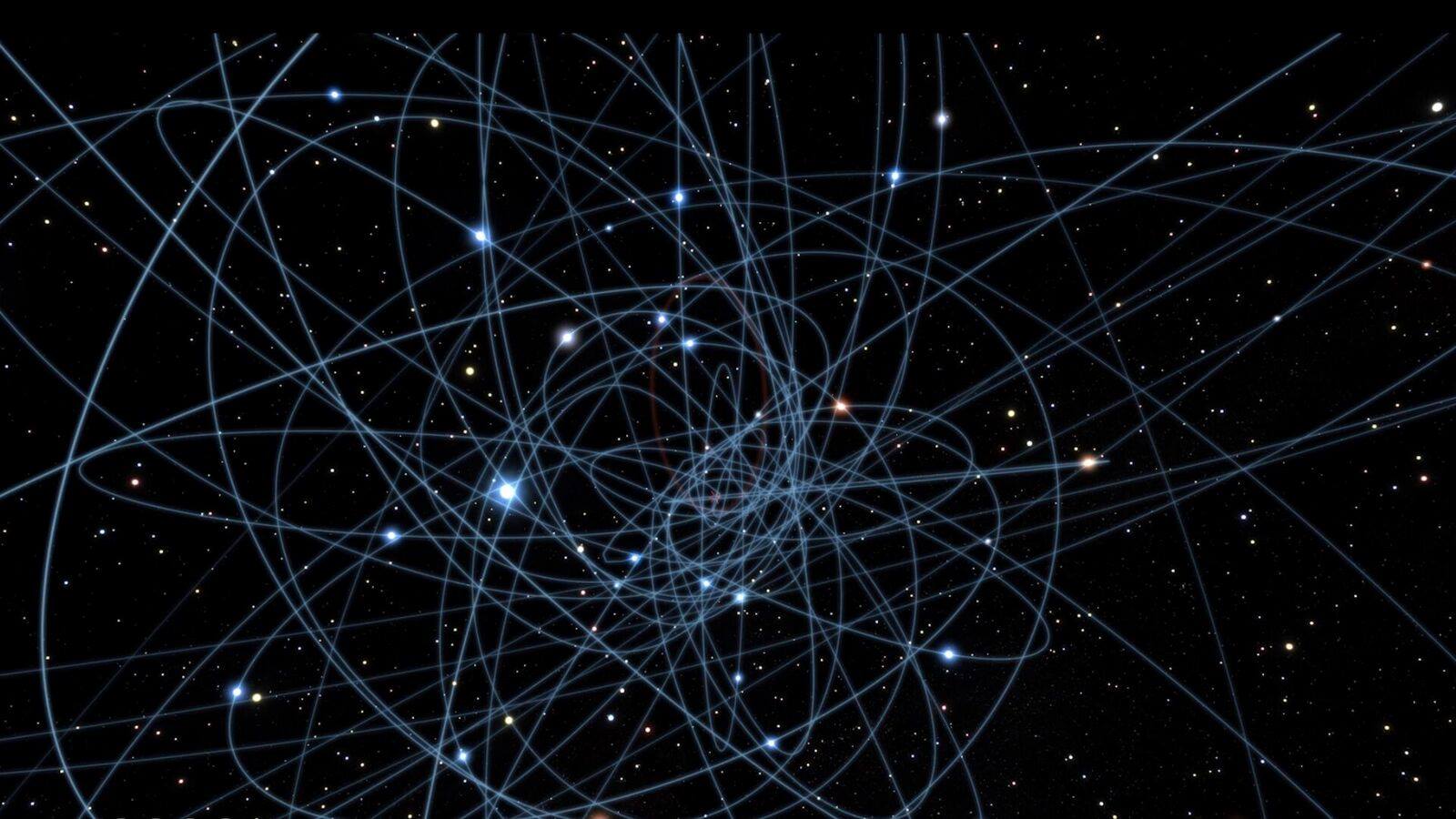
There is a monster at the heart of our Milky Way galaxy that eats stars. If it’s not a black hole, astronomers don’t know what else it could be: https://nyti.ms/2RrvazD
Oct 31, 2018
A ‘mind-boggling’ telescope observation has revealed the point of no return for our galaxy’s monster black hole
Posted by Genevieve Klien in category: cosmology
Telescopes just got the best-ever look at gas circling the edge of a supermassive black hole — a point of no return just before the event horizon.
Oct 27, 2018
Stephen Hawking’s final theory on black holes has been published, and you can read it for free
Posted by Michael Lance in category: cosmology
Stephen Hawking: “My goal is simple. It is a complete understanding of the universe, why it is as it is and why it exists at all.”
What you need to know about Black Hole Entropy and Soft Hair.

